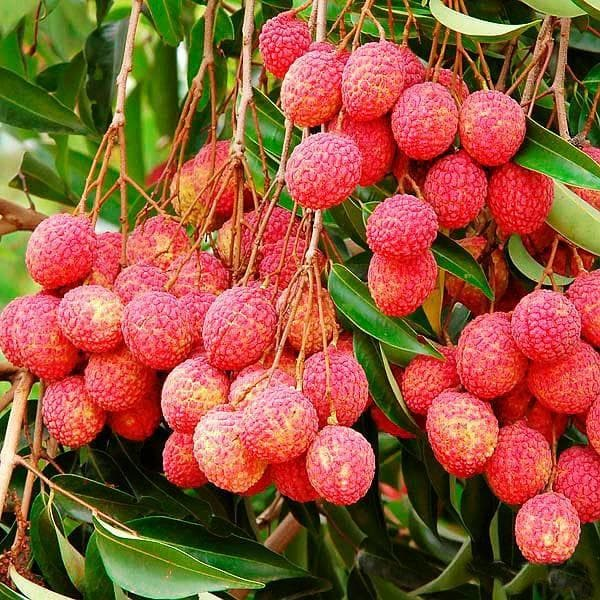Dehradun Litchis Hit by Heat
Why in News?
The extreme heat in Uttarakhand, with temperatures exceeding 42 °C, has caused litchis to dry out and suffer damage from cracking.
Key Points
- The rise in heat waves has affected the fruit's overall growth and maturation.
- Litchi trees takes water from the soil, aiding in seed growth and aril development.
- The tubercell's red skin has been exposed to heat and cracked, it has caused a decrease in cell elasticity, impacting the fruit's juiciness, size, and succulence.
- Ramnagar litchi, recognized with a Geographical Indication (GI) certificate, is in high demand in nearby states like Chandigarh, Delhi, and Haryana.
- Pomologists caution against harvesting litchis too soon because litchis from Bihar enter the market before those from Uttarakhand.
- Picking them early may result in the presence of tart and undersized litchis.
- To enhance the flexibility of the young litchi fruits left on the trees, it is recommended to water them in the morning and evening while also using boron and gibberellic acid.
Litchi
- Botanical Classification: Litchi belongs to the Sapindaceae family and is known for its delicious, juicy, translucent aril or edible flesh.
- Climatic Requirements: Litchi thrives in sub-tropical climates and prefers moist conditions. It grows best in regions with low elevation, up to an altitude of around 800 meters.
- Soil Preference: The ideal soil for litchi cultivation is deep, well-drained loamy soil rich in organic matter.
- Temperature Sensitivity: Litchi is sensitive to extreme temperatures. It does not tolerate temperatures above 40.5°C in summer or freezing temperatures in winter.
- Rainfall Impact: Prolonged rain, especially during flowering, can interfere with pollination and affect the crop adversely.
